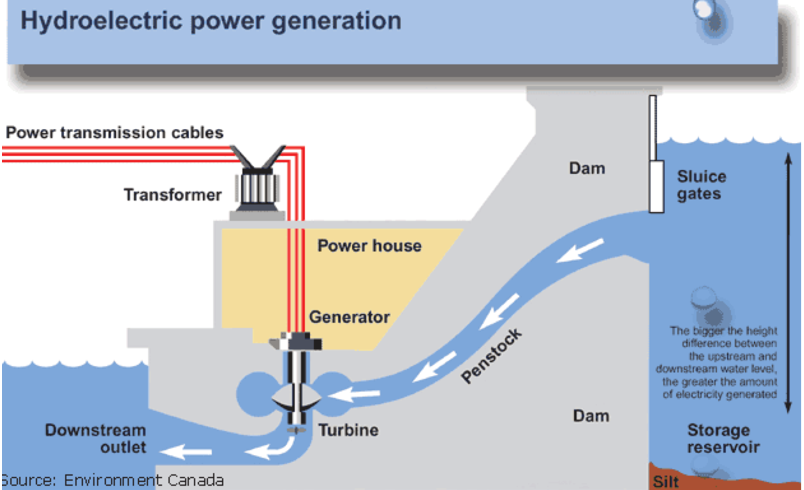Hybrid Hydropower Storage Could Improve Response, Stability, and Unit Life
- October 25, 2022
- Deston Nokes

An effort is underway to explore adding fast-acting energy storage into traditional hydroelectric units to improve response and stability, and to increase operational flexibility, particularly when integrating renewable power.
Dr. Ted Brekken, professor of energy systems at Oregon State University, presented the concept to Council Members at their October meeting. Dr. Brekken and his team are testing the addition of hybrid hydropower storage units to augment existing hydroelectric units with a parallel energy storage path. The study seeks to determine the technical and economic value of adding hybrid hydropower storage units to the grid and determine if they can extend the value and life of existing hydropower generating units. The idea came from a discussion with the U.S. Army Corps of Engineers.
Dr. Brekken told Council Members that the hybrid hydroelectric unit is analogous to the difference between a traditional internal combustion engine vehicle and a hybrid electric vehicle. There is a conventional drive train, but it is augmented with another path, allowing for some operational changes.
He explained that traditional hydropower units are limited in response to changes in the grid, such as the integration of large amounts of renewables and new loads based on inverters. Hybrid hydropower storage units could provide:
- Energy storage to buffer short-term wind and solar variations
- Improve response, such as increased active and reactive power control for better frequency and voltage regulation
- Help inertia related to the system’s ability to mitigate changes in generation or load
- Improve power quality
Hybrid hydropower storage units could also improve transient response in traditional hydropower units. “When you open the turbine gates, there’s a drop in pressure before the water flow increases,” Dr. Brekken explained. “It causes the power to decrease a little before it comes up. A hybrid hydropower storage unit is a tool to reduce that characteristic and improve system response.” He said that if a generator is lost, grid frequency decreases. A hybrid hydropower storage unit can reduce the slope and decrease load ramps using storage.
Dr. Brekken is leading a research team to build an experimental model of a hybrid hydropower storage unit designed for a 200-kilowatt generator in the basement of Dearborn Hall at OSU and integrate it into a large-scale simulation into the Western Interconnection. The work is made possible by a $1.9 million U.S. Department of Energy grant, part of the project’s $8 million grant. OSU researchers are working with colleagues at the University of Utah and the U.S. Army Corps of Engineers.



